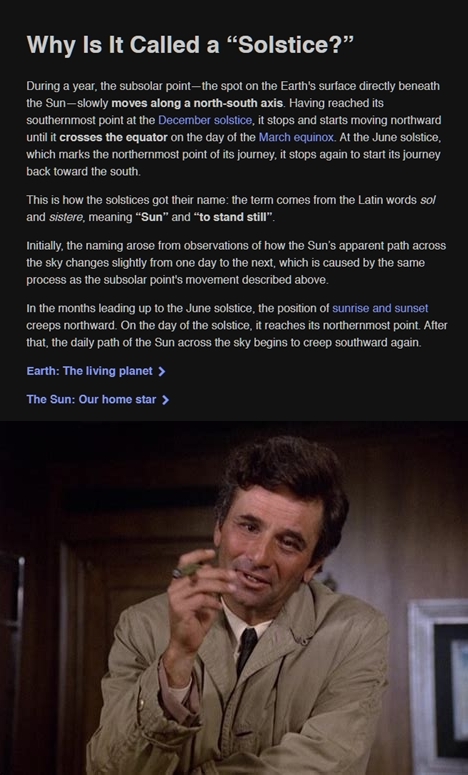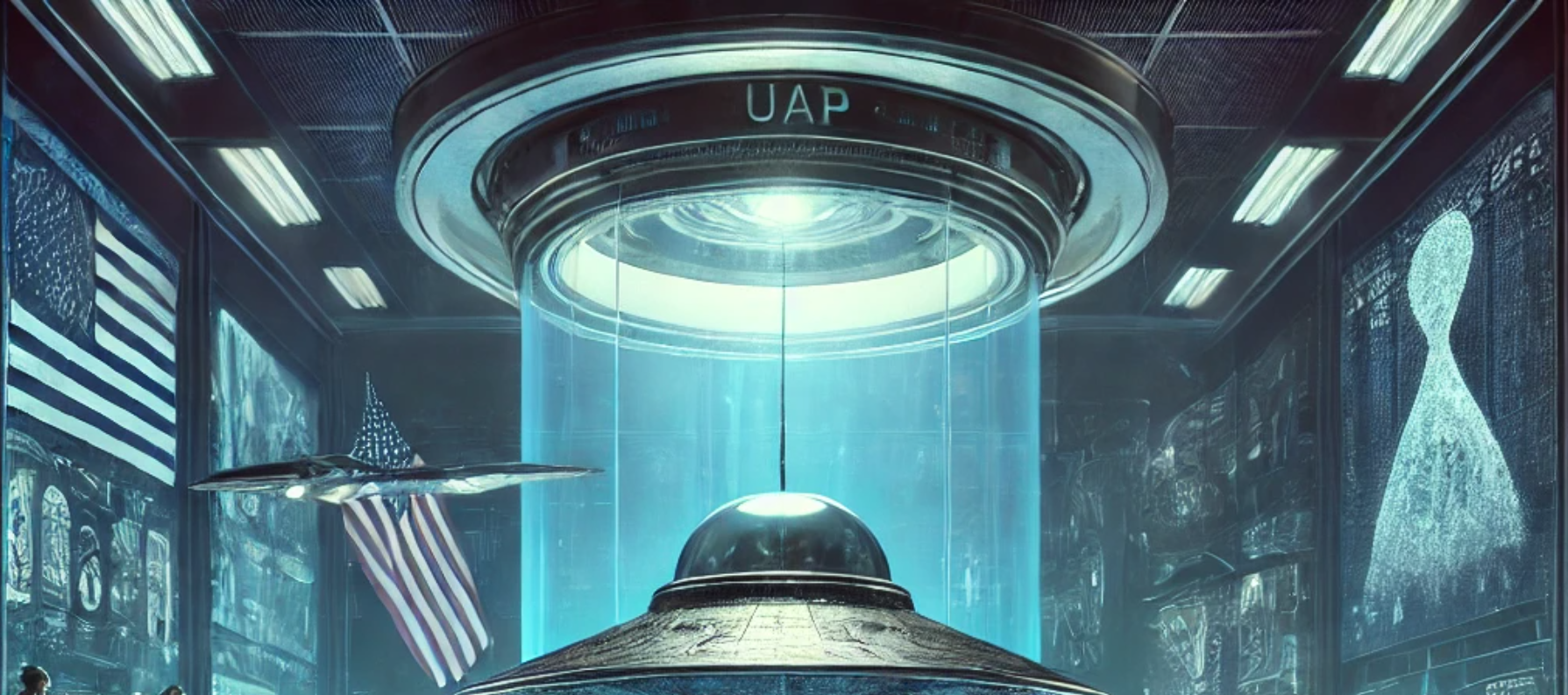The world’s political parties and the ruling class potentates of the Western World are a disgrace. The people deserve better. Let's go Underground...
https://www.UndergroundUSA.com
PROTECT FREE SPEECH
#Disinformation #Media #GOP #Podcast #Constitution #USA #Woke #Democrats #Politics #News #Truth
https://www.UndergroundUSA.com
PROTECT FREE SPEECH
#Disinformation #Media #GOP #Podcast #Constitution #USA #Woke #Democrats #Politics #News #Truth
The world’s political parties and the ruling class potentates of the Western World are a disgrace. The people deserve better. Let's go Underground...
https://www.UndergroundUSA.com
PROTECT FREE SPEECH
#Disinformation #Media #GOP #Podcast #Constitution #USA #Woke #Democrats #Politics #News #Truth
0 Comments
0 Shares
431 Views
0












